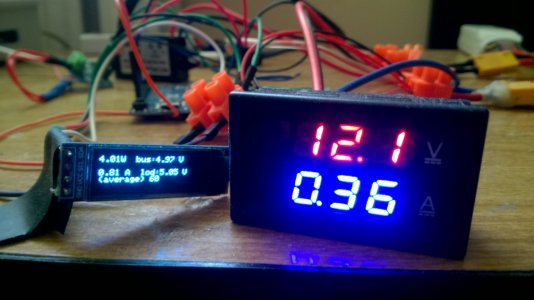Fantastic data! Thanks for testing all of this. I've got 15 Pi 4s (various size ram) wired into the same UPS now and at full load are running 68w, but I'm also powering 2 120mm fans off the pis, so my UPS is in the right ballpark. I can adjust any settings you find to be beneficial and see how it affects power on my pi cluster.Did some more checks, including writing to NFS. Turned out more demanding than writing to microSD, but do note the transfer speed difference.
As for specific comments on the network copy, for 100MB it looks like its slighly more power efficient to use network storage instead of local sd card since you'll be copying less than half the amount of time. You were also copying at 1gbit it looks like? I wonder if it might be better to stay at 1gb all the time instead of 100mbit, or to setup transfer window times. I probably need to see how much network use a pi uses while processing a WU instead of just reporting one.
![[H]ard|Forum](/styles/hardforum/xenforo/logo_dark.png)
